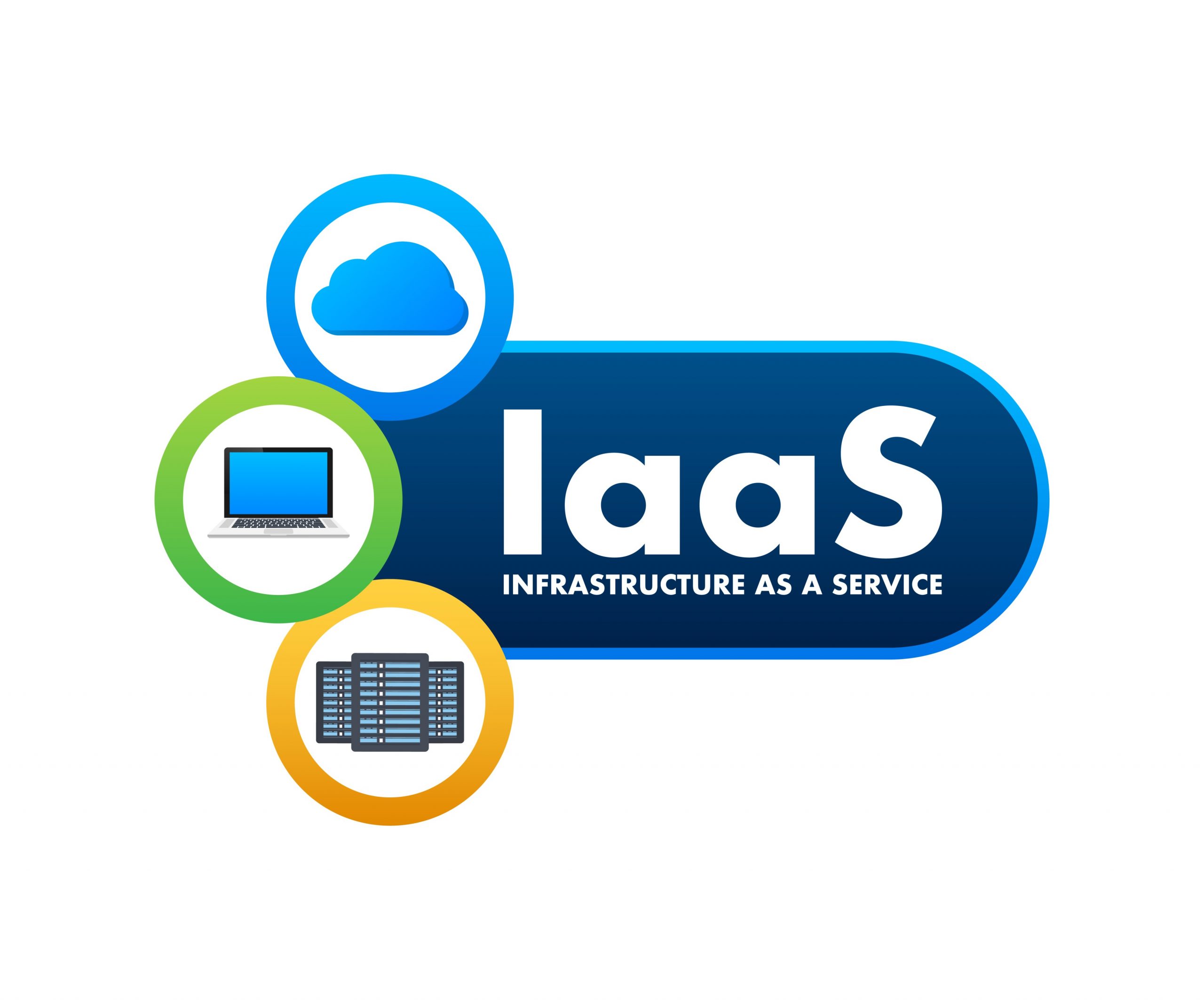"Unveiling the Digital Backbone: A Deep Dive into Infrastructure as a Service (IaaS)"
 Sumit Mondal
Sumit Mondal
Introduction:
In the rapidly evolving landscape of technology, businesses are embracing innovative solutions to enhance their operations and stay ahead of the curve. One such revolutionary concept that has gained immense traction is Infrastructure as a Service (IaaS). IaaS serves as the digital backbone for organizations, offering unparalleled flexibility, scalability, and efficiency. Let's embark on a journey to unravel the intricacies of IaaS, exploring its key components, benefits, and real-world examples that showcase its transformative power.
Understanding Infrastructure as a Service (IaaS):
At its core, Infrastructure as a Service (IaaS) is a cloud computing model that provides virtualized computing resources over the internet. Unlike traditional infrastructure setups that require significant on-premises hardware investments, IaaS allows businesses to access and manage computing power, storage, and networking resources on a pay-as-you-go basis. This flexibility empowers organizations to scale their infrastructure up or down based on their evolving needs, optimizing both cost and performance.
Key Components of IaaS:
Compute Power: IaaS offers virtualized computing power, enabling users to deploy and manage virtual machines (VMs). This eliminates the need for physical servers, reducing hardware costs and enhancing operational efficiency. Leading cloud service providers, such as Amazon Web Services (AWS), Microsoft Azure, and Google Cloud Platform (GCP), offer a wide range of compute options to cater to diverse workloads.
Storage Solutions: IaaS provides scalable and secure storage solutions, allowing businesses to store and retrieve data seamlessly. Whether it's block storage, object storage, or file storage, IaaS offerings ensure data availability and durability. Examples include AWS S3 (Simple Storage Service) and Azure Blob Storage.
Networking Infrastructure: IaaS facilitates the creation and management of virtual networks, enabling organizations to establish secure connections between various components. This is crucial for seamless communication between different parts of an application or service. Virtual Private Clouds (VPCs) in AWS and Virtual Networks in Azure are exemplary instances of IaaS networking solutions.
Benefits of IaaS:
Cost Efficiency: IaaS eliminates the need for substantial upfront investments in physical infrastructure. Businesses can leverage a pay-as-you-go model, paying only for the resources they consume. This cost efficiency is particularly advantageous for startups and small to medium-sized enterprises (SMEs).
Scalability: The scalability of IaaS allows organizations to adapt quickly to changing demands. Whether experiencing rapid growth or seasonal fluctuations, businesses can scale their infrastructure up or down effortlessly, ensuring optimal performance without overprovisioning.
Global Accessibility: With IaaS, geographical constraints are virtually eliminated. Cloud service providers have data centers strategically located around the world, enabling organizations to access resources from anywhere. This global accessibility is especially beneficial for businesses with a distributed workforce or a global customer base.
Real-World Examples:
Netflix: Netflix, the popular streaming service, relies heavily on IaaS to deliver a seamless viewing experience to millions of users worldwide. By leveraging AWS's infrastructure, Netflix can scale its computing and storage resources dynamically, ensuring uninterrupted streaming even during peak usage periods.

Airbnb: Airbnb, the online marketplace for lodging and travel experiences, utilizes IaaS to support its platform's growth and global presence. Through the scalability of AWS, Airbnb can handle varying workloads, accommodate user demand spikes, and ensure the reliability of its services.

SpaceX: Even companies at the forefront of technological innovation, such as SpaceX, rely on IaaS for their infrastructure needs. SpaceX uses a combination of AWS and Azure to support its space exploration endeavors, demonstrating the versatility and reliability of IaaS across diverse industries.

Conclusion:
Infrastructure as a Service (IaaS) stands as a beacon of digital transformation, empowering organizations to build, scale, and innovate without the constraints of traditional infrastructure limitations. As we've explored the key components, benefits, and real-world examples of IaaS, it becomes clear that this model is not just a technological advancement but a strategic enabler for businesses striving to thrive in the dynamic digital landscape. Embracing IaaS is not merely an option; it's a strategic imperative for organizations aspiring to stay agile, competitive, and future-ready.
Subscribe to my newsletter
Read articles from Sumit Mondal directly inside your inbox. Subscribe to the newsletter, and don't miss out.
Written by

Sumit Mondal
Sumit Mondal
Hello Hashnode Community! I'm Sumit Mondal, your friendly neighborhood DevOps Engineer on a mission to elevate the world of software development and operations! Join me on Hashnode, and let's code, deploy, and innovate our way to success! Together, we'll shape the future of DevOps one commit at a time. #DevOps #Automation #ContinuousDelivery #HashnodeHero